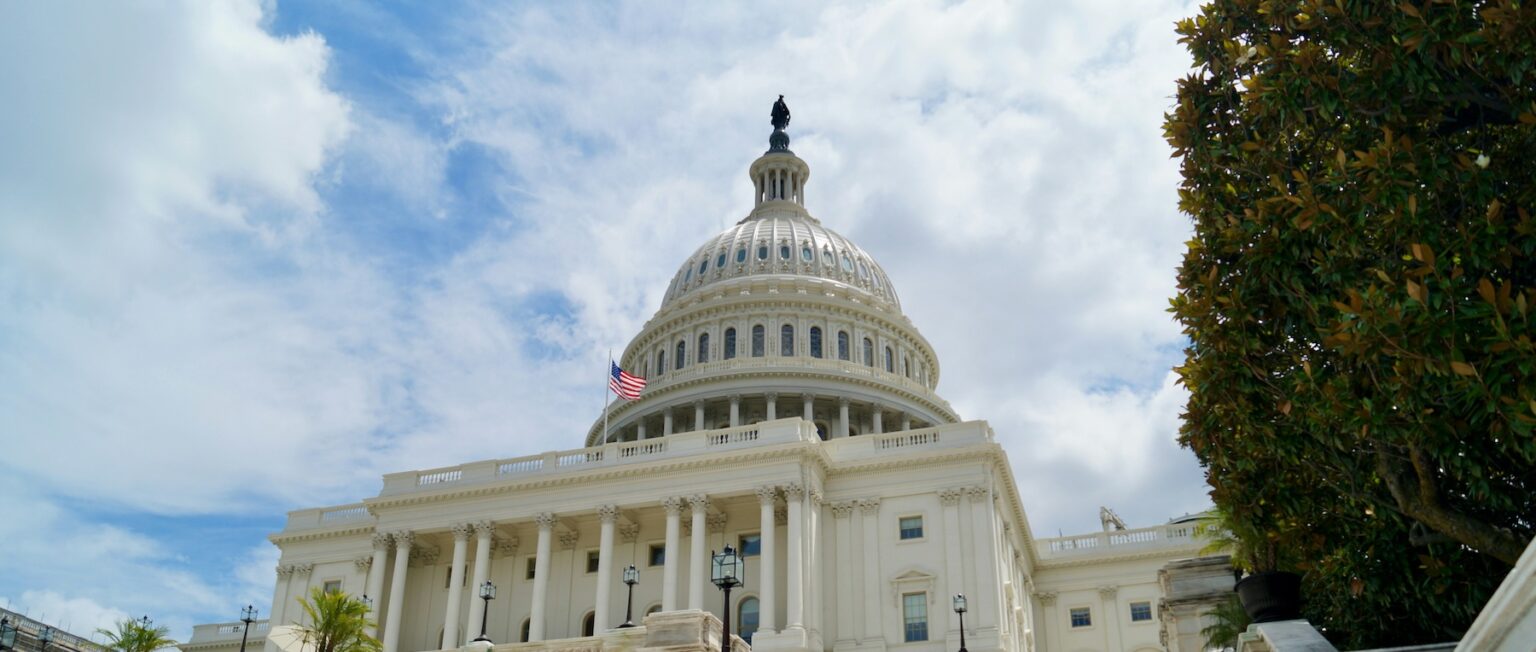In today’s global economy, businesses and individuals are expected to comply with a wide range of regulations and guidelines designed to prevent money laundering, terrorist financing, and other forms of financial crime.
One of the most important of these regulations is the identification and risk assessment of Politically Exposed Persons (PEPs). Regulations require businesses to identify and verify individuals who hold public positions or are associated with high-risk individuals or entities.
Compliance professionals play a crucial role in ensuring that their organisations comply with PEP and wider AML regulations. However, identifying and verifying PEPs can be a complex and time-consuming process, particularly for businesses that operate across multiple jurisdictions.
In this article, we will explore some of the tools and techniques that compliance professionals can use to carry out PEP checks.
What is a PEP check?
PEP checks identify any individuals who hold prominent public positions or have close associations with high-ranking officials, and their potential involvement in illicit activities can have serious consequences for businesses and financial institutions.
Why are PEP checks important for AML compliance?
Identifying PEPs is crucial for AML compliance due to the elevated risk these individuals pose in terms of potential involvement in financial crime or money laundering.
How to conduct a check for PEPs?
In addition to their overall risk assessment, businesses must consider PEP and sanction checks as part of their customer due diligence.
Utilise PEP databases
One of the most effective ways to verify PEPs is to use databases that are specifically designed to identify and track these individuals. While government provided sources such as UK Parliament information, local authorities and councils will provide information on current holders of public office, this becomes more challenging when dealing with international customers or when identifying those with connections to PEPs such as family members or close relations.
PEP databases typically contain information on thousands of PEPs from around the world and can be searched using a variety of criteria, including name, country of origin, and political affiliation.
Conduct enhanced due diligence
In addition to using PEP databases, compliance professionals can conduct enhanced due diligence (EDD) on individuals who are suspected of being PEPs. EDD typically involves gathering additional information beyond what is typically required for a standard due diligence check.
This might include conducting further assessment of the individual or their associates, reviewing public records, adverse media mentions, and examining the individual’s financial history.
Use technology
Advances in technology have made it easier for compliance professionals to identify and verify PEPs. One example of such technology is artificial intelligence (AI) software that can scan large volumes of data to identify potential PEPs. This software can also be used to track changes in an individual’s status, such as if they leave office or are no longer considered a high-risk individual.
Implement a risk-based approach
Finally, it is important for compliance professionals to implement a risk-based approach when verifying PEPs. This means that businesses should prioritise their due diligence efforts based on the level of risk presented by a particular individual or entity. For example, a high-risk PEP might require more thorough due diligence than a low-risk PEP.
Verifying PEPs is a critical task for compliance professionals to ensure that they are complying with anti-money laundering regulations and reducing their risk of financial crime.
By implementing robust due diligence procedures and compliance measures to identify and monitor PEPs, businesses and financial institutions can mitigate the risk of being unknowingly involved in illicit activities or unwittingly facilitating the flow of illicit funds.
Compliance professionals play a vital role in ensuring that organisations adhere to PEP regulations and maintain strong AML compliance standards, thereby safeguarding their businesses and the integrity of the global financial system.
What are the regulatory requirements surrounding PEPs?
The regulatory requirements surrounding Politically Exposed Persons (PEPs) in the UK are primarily governed by the Money Laundering, Terrorist Financing and Transfer of Funds (Information on the Payer) Regulations 2017 (MLR 2017). This include identification and risk assessment of potential clients, conducing Enhanced Due Diligence, ongoing monitoring of customer relationships, and reporting any suspicious activities to the National Crime Agency. Additionally, firms must maintain accurate records of their due diligence measures, establish and maintain internal policies and procedures for the effective identification and management of PEPs.
🔗 Take a look at our complete guide to anti-money laundering regulations in the UK
Common challenges in PEP compliance and how to overcome them
In the United Kingdom, complying with PEP regulations poses significant challenges for regulated businesses. One of the common hurdles is the dynamic nature of PEP status. Politically Exposed Persons can change their status quickly, and staying updated on these changes can be a daunting task. To overcome this challenge, businesses must implement robust and real-time monitoring systems. Automated tools that regularly scan and update PEP databases can help organisations stay ahead of changes in PEP status, ensuring timely and accurate compliance.
Another challenge in PEP compliance for regulated businesses in the UK is the global nature of business transactions. Many businesses operate internationally, dealing with clients and partners from various jurisdictions. Identifying PEPs from different countries and understanding the nuances of each jurisdiction’s regulations can be complex. To address this challenge, businesses should adopt a comprehensive approach that considers the global landscape. Implementing cross-border collaboration and utilizing advanced data analytics tools can enhance the ability to identify and assess PEPs across diverse regions.
Data privacy and protection concerns represent a third major challenge for regulated businesses in the UK regarding PEP compliance. Handling sensitive information related to politically exposed individuals requires a careful balance between compliance and privacy. To overcome this challenge, businesses should prioritise implementing robust data protection measures and compliance protocols. Encrypting PEP-related data, restricting access to authorised personnel, and regularly auditing data-handling practices are essential steps to ensure compliance without compromising data security and privacy. By addressing these challenges proactively, businesses can navigate the complexities of PEP compliance in the UK regulatory landscape effectively.
Final thoughts on PEP compliance
In summary, identifying PEPs is a crucial step in AML compliance. Their potential to pose a higher risk of financial crimes, necessitates comprehensive identification, monitoring, and due diligence processes. Addressing these risks is crucial for regulatory compliance, protecting financial systems, and promoting international cooperation in the fight against corruption and money laundering. It is crucial for businesses to stay informed about any updates or amendments to regulations and guidelines related to PEPs, as non-compliance can result in severe penalties.
Last updated: Wednesday 2 January 2024







